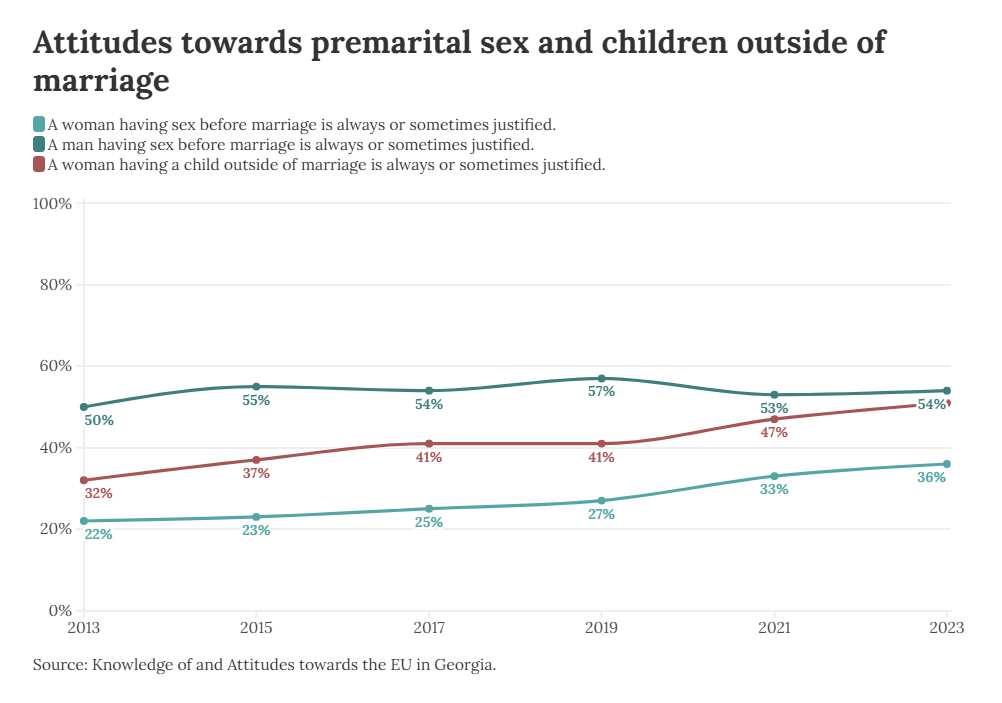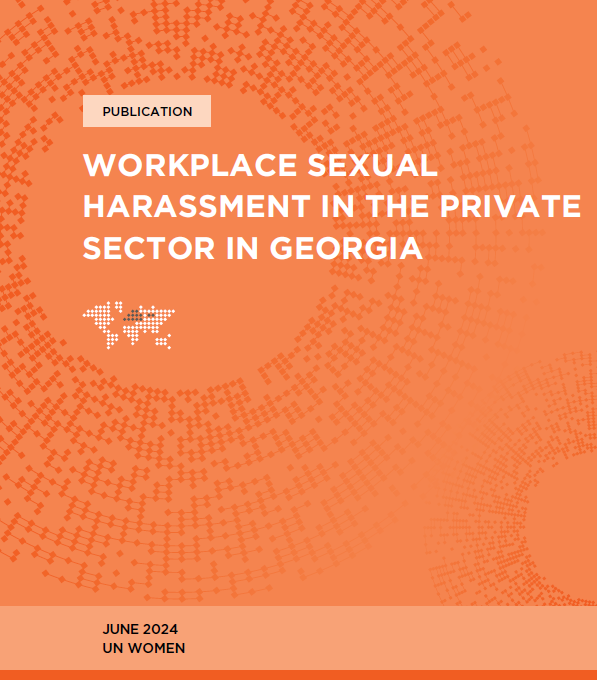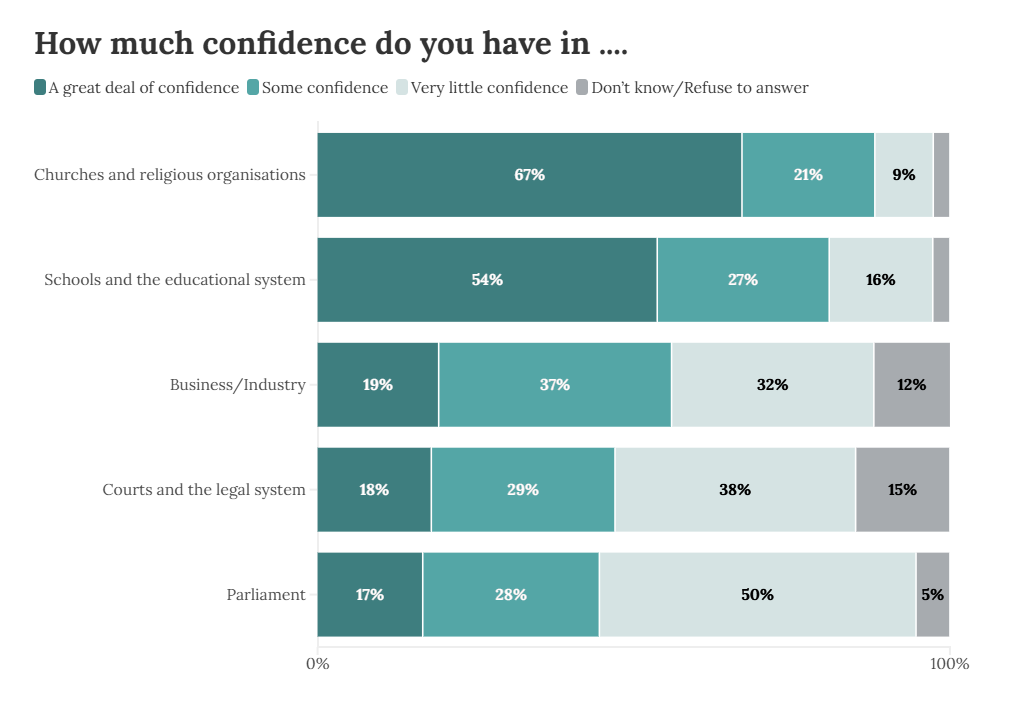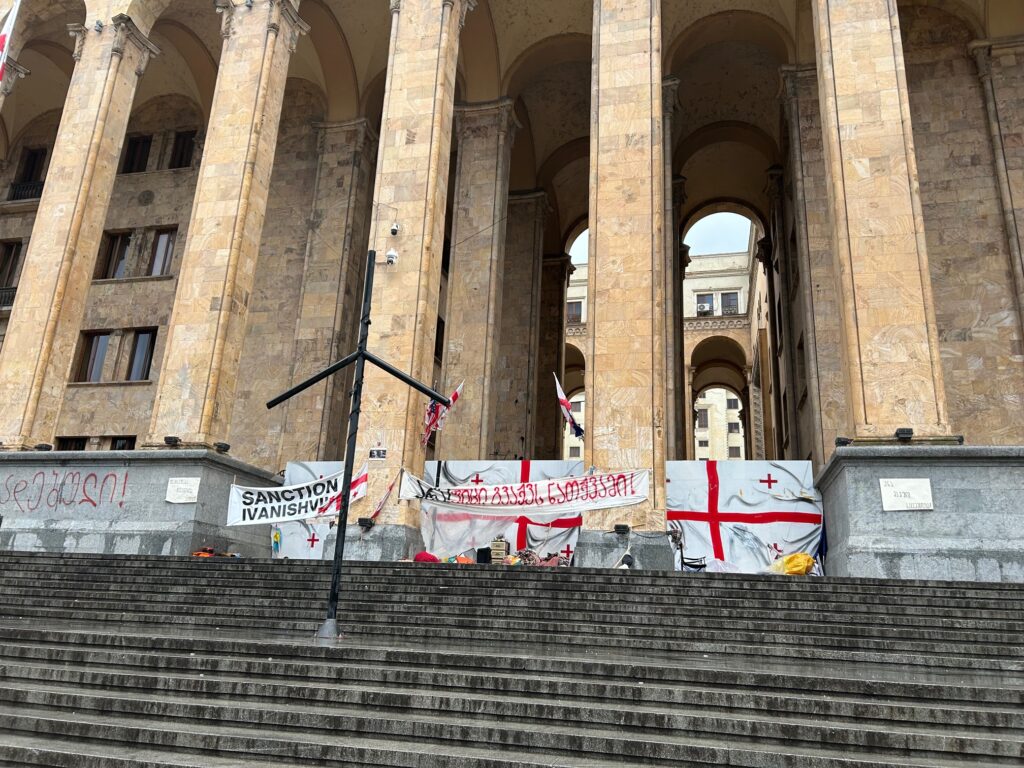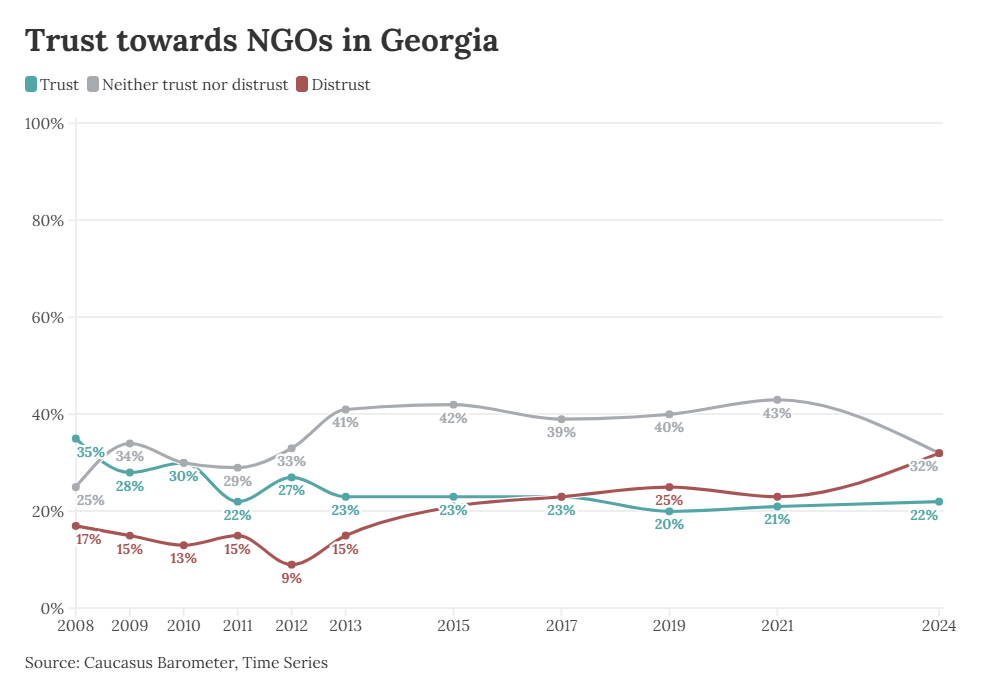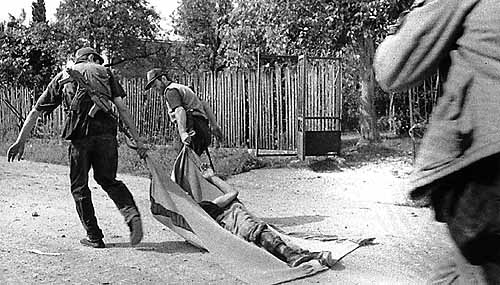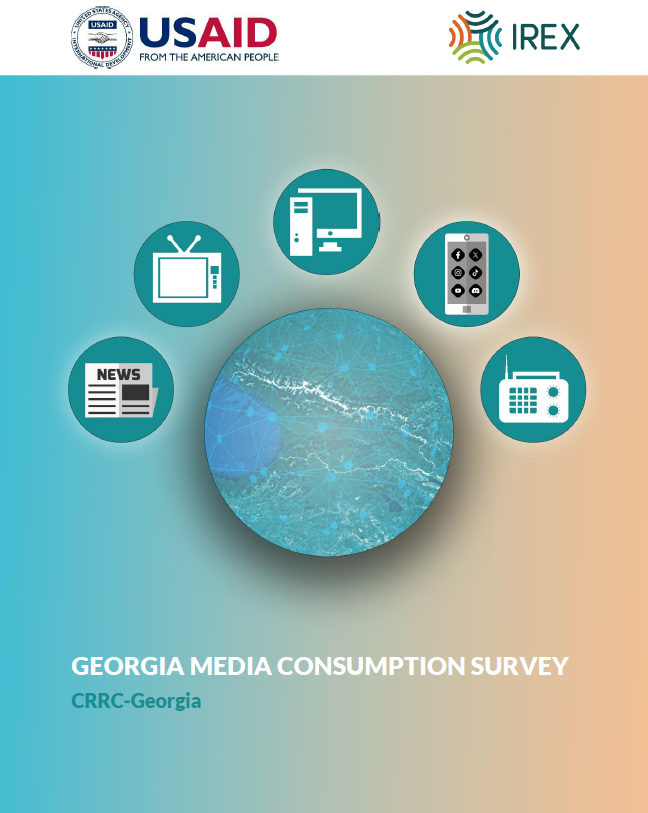One of the most impressive recent survey efforts, measuring attitudes about different countries in transition, has been undertaken by EBRD. Called Life in Transition Survey (LiTS), this is an attempt to look at how 29 ‘transitioning’ countries have developed following 1989. The survey tracks “public attitudes, well-being, and the impact of economic and political change”.
LiTS is both encouraging and sobering at the same time. What is encouraging is that overall people, in spite of many hardships, do not want a return to centralized, authoritarian systems. At the same time, incomplete transition has left many people equivocal with regards to market systems. EBRD also notes that social capital remains in short supply.
The basic idea is set out succinctly in this EBRD presentation.
Life in Transition 2
View SlideShare presentation or Upload your own. (tags: ebrd economy)
(Note that we really think such presentations should be available under a Creative Commons license, since technically we are not sure whether we’re allowed to share this, although it’s available online.)
But beyond this, LiTS offers much more, and much more detail on the Caucasus. Let’s look at some of the findings in more detail.
- Satisfaction with life is relatively low in Armenia, and the old and poor tend to be most dissatisfied. Only 20% of those aged over 50 are satisfied with their lives. And among the poor, the situation is even worse: only 16% of those with lower income are satisfied with their lives. The situation is similar in Georgia, where only 12% of those aged 50-64 are satisfied with their life. By contrast, satisfaction with the economic and political situation is relatively strong in Azerbaijan, particularly among the 50- 64 age group. This seems to tally with what we saw in our own 2007 Data Initiative (although interesting to compare and contrast with Elvin Effendi’s work).
- In Armenia support for democracy and a market economy is weak, with just one in four favoring a combination of the two. In Georgia, there are high levels of support for democracy, but less for a market economy, with those aged over 65 most strongly opposed to both (over 50%). In Azerbaijan, support for democracy and a market economy is high, with the middle-aged the most supportive. However, there also is little interest in the political and economic system, with four out of ten believing that the type of political/economic system does not matter.
- Azerbaijanis’ trust in public institutions, especially in the presidency, government and the political parties is among the highest in the region. By contrast, trust in public institutions is very low in Armenia. The armed forces is the only public institution in Armenia that enjoys public trust.
- Georgians report a decline of corruption in the country and the frequency of “irregular payments” to the public officials is significantly lower than elsewhere in the CIS regions. “Irregular payments”, especially in the healthcare and education spheres, remain relatively high both in Armenia and Azerbaijan.
- In all three South Caucasus countries people surveyed are more optimistic about the future of their children. The optimism is significantly higher in Georgia, where almost 70% of those surveyed believe that their children’s lives will be better than their own.
Separately, we are really impressed by this entire effort. It is a genuine public good. EBRD is frank about discussing shortcomings and challenges in the societies (and therefore note that the views are those of the Office of the Chief Economist, not necessarily of the entire Bank). This is incredibly refreshing in an environment where blandness prevails. The data set is publicly accessible, there’s detailed documentation about questionnaire, fieldwork, methodology. And most of the material is available online.
The full printed report (soon in our libraries, if you find it too expensive) is written so well that it makes engaging bedtime reading. Our only huge regret is that these discussions seem not to have been carried into the relevant societies. If any donor is short of creative ideas, surely this is a way to go: let’s get this data studied and analyzed locally, and let’s get the discussions onto TV. (If anyone needs help with the dataset, let us know, or come to our offices.)
